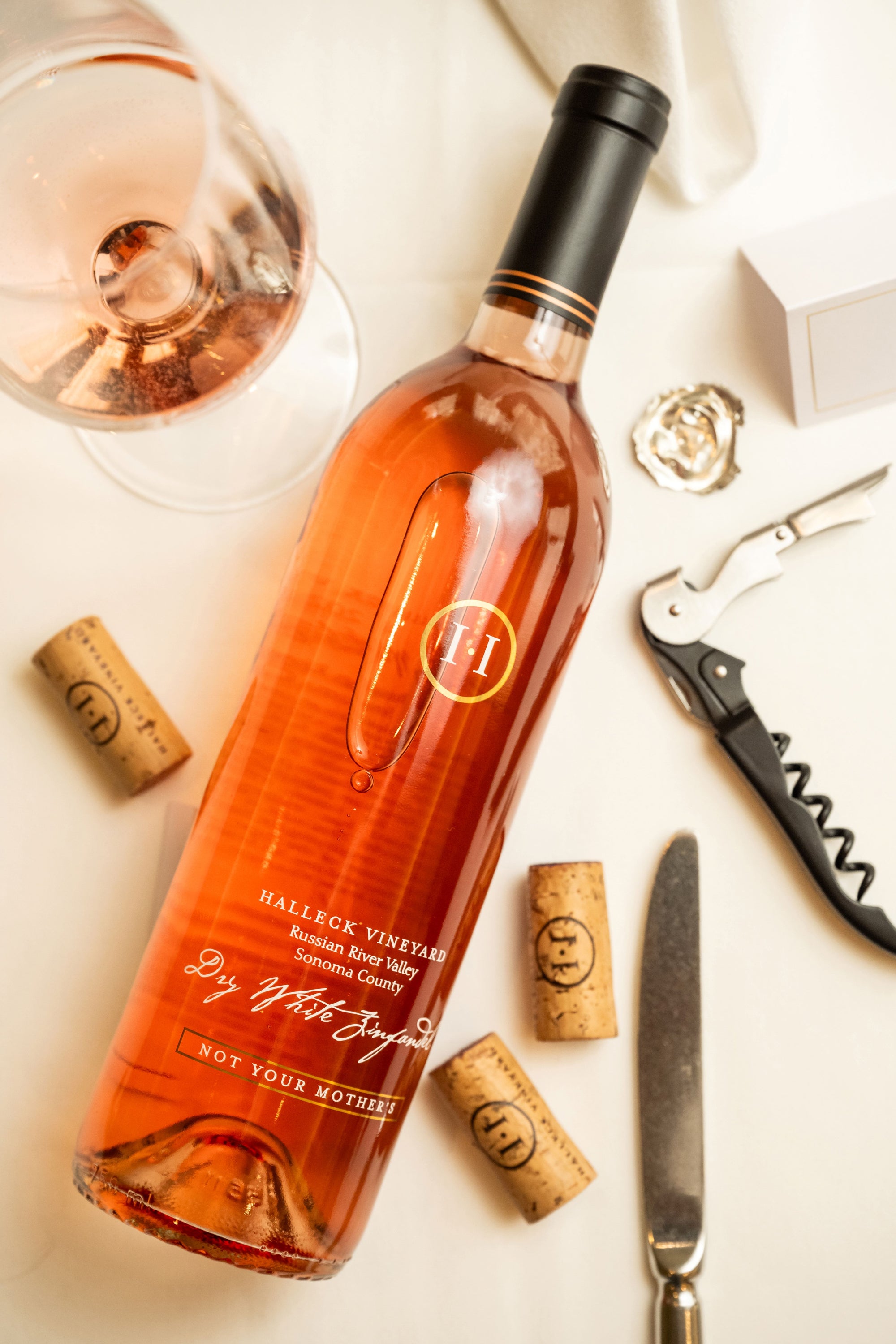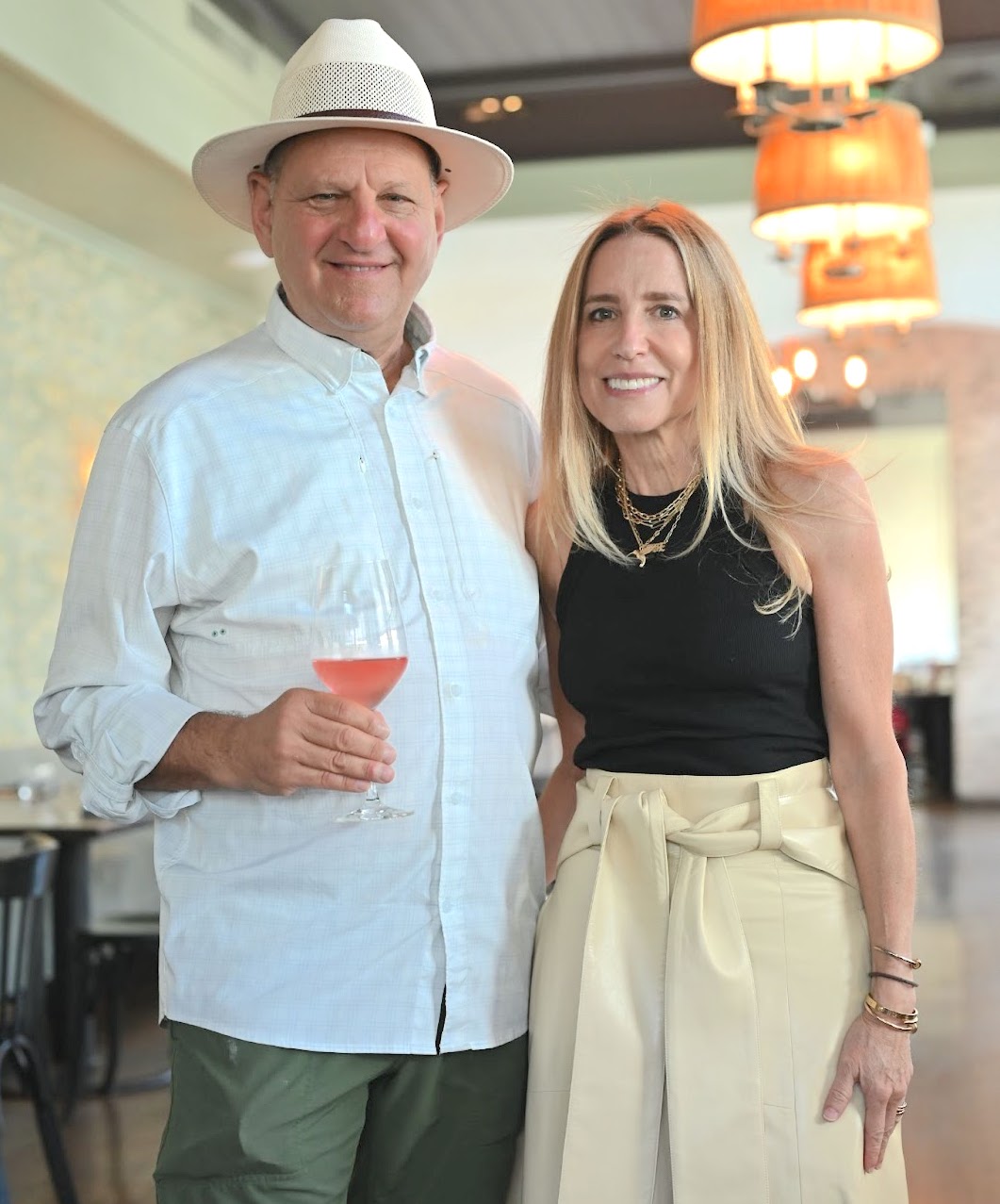Wineries Providing Guided Vineyard Walks - Sonoma's Finest Wineries
Experiencing the world of wine is much more than simply tasting a beverage; it invitations a sensory exploration that engages each the palate and the sense of odor. Studying about aromas and flavors in winery wine tasting can be one of the most pleasant and academic activities for any wine enthusiast. Wineries With River Views. Each glass of wine tells a narrative, influenced by the grape variety, the techniques used in its manufacturing, and the setting during which the wine is cultivated.
When attending a wine tasting at a winery, it’s essential to approach the experience with an open thoughts and a willingness to have interaction all your senses. Your main focus could be the wine in your glass, however the context—the ambiance of the winery, the presentation of the wine, and the company—adds layers to the experience. Participating with the aromas and flavors will enrich your understanding and appreciation of every variety.
Wineries That Offer Food Trucks On Weekends - Wine Tasting Experiences In Sonoma Valley
Starting with the aromas, they're often the primary interaction that unfolds when a wine is poured. By swirling the glass gently, you introduce air, permitting the wine's risky compounds to release. The energy of smelling wine lies in its capacity to evoke reminiscences and feelings, making it an integral a part of the tasting procedure. It is curious how sure scents can transport us to totally different moments in time or recall sensory experiences from our previous.
Widespread descriptors like fruity, floral, spicy, or earthy can be a good starting point (Family Friendly Wineries With Outdoor Spaces). A important think about recognizing these aromas lies in the individual’s capability to attach scents with experiences. For occasion, the aroma of a Sauvignon Blanc might remind certainly one of freshly minimize grass or ripe gooseberries. Another individual could give attention to the citrus notes, perceiving hints of lemon or lime.
As Quickly As you might have recognized the aromas, the next step is tasting. As with inhaling aromas, tasting wine includes more than just the physical act of sipping. When you taste the wine, let it linger in your mouth, allowing the assorted flavors to reveal themselves progressively. The first striking impression could be the extent of sweetness, acidity, or tannin. As you delve deeper, you'll notice layers of complexity.
Flavor profiles in wine are influenced by multiple factors, including temperature, getting older course of, and the type of barrel used throughout maturation. For instance, oaked wines can often introduce flavors of vanilla, toast, and spice, while stainless-steel-aged wines might current a crisper and cleaner style.
Vineyard Picnic Spots In Sonoma Valley - Iconic Wineries Of Sebastopol
As you broaden your familiarity with different wine areas, learning concerning the particular terroirs additionally plays a significant role in understanding the aromas and flavors. Terroir encompasses the environmental elements that affect a crop's phenotype, including geography, geology, and climate. Grapes grown in cooler climates could produce wines with greater acidity and brighter fruit flavors, while these harvested in hotter areas often yield fruit-forward wines with a full-bodied mouthfeel.
Participating in winery wine tastings permits you to discover blends and single varietals, deepening your appreciation for the skill concerned in producing unique wines. Understanding that winemakers typically mix totally different grape varieties to attain a balanced flavor profile can add interest to your experience. The harmonious blending of aromas and flavors is akin to a well-composed piece of music, making a symphony for the senses.
Wine tasting just isn't merely a monologue however a dialogue. Engaging with sommeliers or educated guides can provide useful insights that improve your understanding of what you are tasting. They can share tales concerning the vineyard, manufacturing strategies, and the nuances of various varietals that you may not have considered. This interactive dimension provides to the enjoyment and facilitates a more enriching experience.
Unique Wine And Food Pairings In Sonoma - Enjoying The Best Wineries In Sebastopol
Whereas the technicality of wine tasting can seem overwhelming, it often helps to maintain an open demeanor when assessing aromas and flavors. Every person’s palate and sense of smell are distinctive. Thus, there is no ‘right’ or ‘wrong’ answer when identifying scents and tastes. Being comfy with your personal interpretations fosters a enjoyable and relaxed environment conducive to learning.
Participating in tastings across various wineries can create a broader understanding of different styles and preferences. Comparable grapes from totally different areas can painting contrasting flavors due to variations in soil, local weather, and winemaking techniques. Touring to vineyards, assembly native producers, and sampling their wines can present an intimate glimpse into the artistry concerned in the winemaking process.

The pairing of wine with food is another exciting dimension to discover. Understanding how the flavors in food can work together with the wine find out here to either complement or contrast with one another is a skill price developing. A good rule of thumb is to consider the burden and intensity of the dish. For instance, a bold Cabernet Sauvignon is usually a traditional choice for rich, meaty dishes, whereas a light-weight Pinot Grigio could pair splendidly with fresh salads or seafood.
Conversations around wine are enriched by learning about present events within the wine trade. Sustainable practices, organic farming, and advances in winemaking can shape the flavors and aromas of future vintages. Engaging with these subjects throughout tastings opens discussions about evolution and innovation within the subject.
Local Favorite Wineries In Sonoma - Wineries To Visit

In conclusion, the journey of learning about aromas and flavors in winery wine tasting is a multilayered experience. By using all of the senses, being open to new interpretations, and collaborating in discussions, each particular person can improve their connection to wine. The nuances of taste, intertwined with personal experiences and environmental influences, create a fancy but lovely world that awaits exploration. As you continue to savor every glass, remember that the aromas and flavors tell a narrative that's ever-evolving, very like the vineyard from which they originate.
- Exploring the connection between the grape selection and the distinct aromas and flavors it produces in the ultimate wine can improve the tasting experience.
- Noting the affect of terroir, including soil composition and local weather, helps to know how these factors contribute to the distinctive profile of each wine.
- Participating the senses by figuring out scents such as fruit, floral, or natural notes adds depth to tasting notes and assists in developing a extra refined palate.
- The fermentation and aging processes can drastically alter the fragrant and flavor characteristics, offering insight into the winemaking techniques employed.
- Pairing wines with particular foods throughout tasting can illuminate how flavors work together, enhancing both the wine and the dish via complementary or contrasting profiles.
- Participating in guided tastings led by educated sommeliers can deepen understanding of wine complexity and promote appreciation of subtle nuances.
- Working Towards aroma recognition with scent kits allows tasters to coach their noses, improving the flexibility to discern and articulate numerous perfume notes found in wines.
- Documenting personal tasting notes may help to track preferences over time and facilitate conversations with trade professionals about individual wine journeys.
- Understanding how decanting and aeration can influence the aromatic profile and flavor launch of a wine can elevate the tasting experience to new heights.
- Studying concerning the impression of vintage variations on wine character enables enthusiasts to understand how weather circumstances affect aroma and taste yr after 12 months.
What are the primary aromas and flavors I ought to expect in winery wine tastings?

In winery wine tastings, you possibly can usually anticipate to identify varied main aromas such as fruits (citrus, berries, stone fruits), floral notes, and generally earthy or herbal scents. Flavors often replicate these aromas and may range from candy to tart, with additional complexity from oak getting older or fermentation characteristics.
Eco-Friendly Wineries In Sonoma County - Top Wineries To Visit In Sebastopol
How can I improve my capacity to establish completely different aromas in wine?
To improve your capability to determine aromas in wine, practice smelling numerous foods and spices to create a mental library of scents. Contemplate investing time in aroma kits designed for wine tasting, as they may help you be taught and acknowledge specific notes often found in different wines.
What techniques can I use for a extra gratifying wine tasting Visit Website experience?
Begin by observing the wine’s colour and clarity, then gently swirl it to launch aromas before taking a deep sniff. Take small sips to establish flavors and think about assessing the wine's finish or aftertaste. Sharing your ideas with others at the tasting can even improve your experience.
Family-Friendly Wineries Near Sebastopol - Sonoma Wineries With Vineyard Views
Is it essential to have prior data of wine to get pleasure from a winery tasting?
No prior data is critical to get pleasure from a winery tasting. Many wineries supply guided tastings that present background info on the wines being sampled. Feel free to ask questions and express your opinions—this engagement will enhance your studying experience.
Why do some wines have extra advanced aromas and flavors than others?
(Beautiful Picnic Areas At Sonoma Wineries)
Sonoma's Top Sparkling Wine Producers - Sonoma Vineyards To Explore
Wines with extra complex aromas and flavors typically get pleasure from factors similar to grape selection, winery location, climate, and winemaking techniques. Moreover, the getting older process can introduce new layers of complexity, allowing wines to develop distinctive traits over time.
What ought to I do if I struggle to determine particular aromas in wine?
Wineries Featuring Vineyard Tours - Top Wineries To Visit In Sebastopol
If you battle to identify particular aromas, don’t be discouraged. Take your time and give consideration to broader categories of scents earlier than narrowing down your observations. Practicing often, asking for feedback, and utilizing aroma wheels or reference materials can even help enhance your skills.
How does food pairing influence the aromas and flavors of wine throughout tastings?
Rustic Family-Owned Wineries In Sebastopol - A Winery In The Sonoma Valley To Discover
Food can significantly influence how you understand aromas and flavors in wine. Certain meals can improve or mute specific taste characteristics, resulting in totally different experiences. Experimenting with various food pairings during a tasting can deepen your understanding of a wine’s profile.
Are there any etiquette tips I ought to comply with when collaborating in a winery tasting?
Wineries Showcasing Local Art And Crafts - Sonoma Vineyards For A Perfect Day Out
Yes! Etiquette during a winery tasting consists of being respectful to guides and employees, taking small sips, and not overpowering the conversation with personal opinions. It’s also courteous to finish your samples rather than pouring excess out, and don't forget to thank the staff for his or her insights.
What is the distinction between a wine's aroma and its bouquet?
Wine aroma usually refers to the scents derived instantly from the grape varietals used, whereas bouquet refers again to the complicated aromas developed through the growing older process, particularly in barrel. Understanding this distinction can enhance your appreciation for various features of wine tasting.